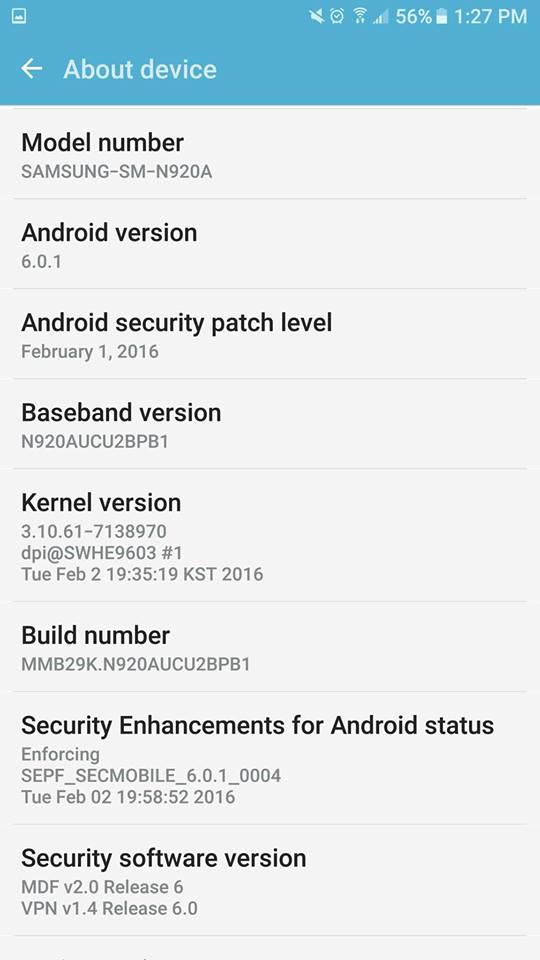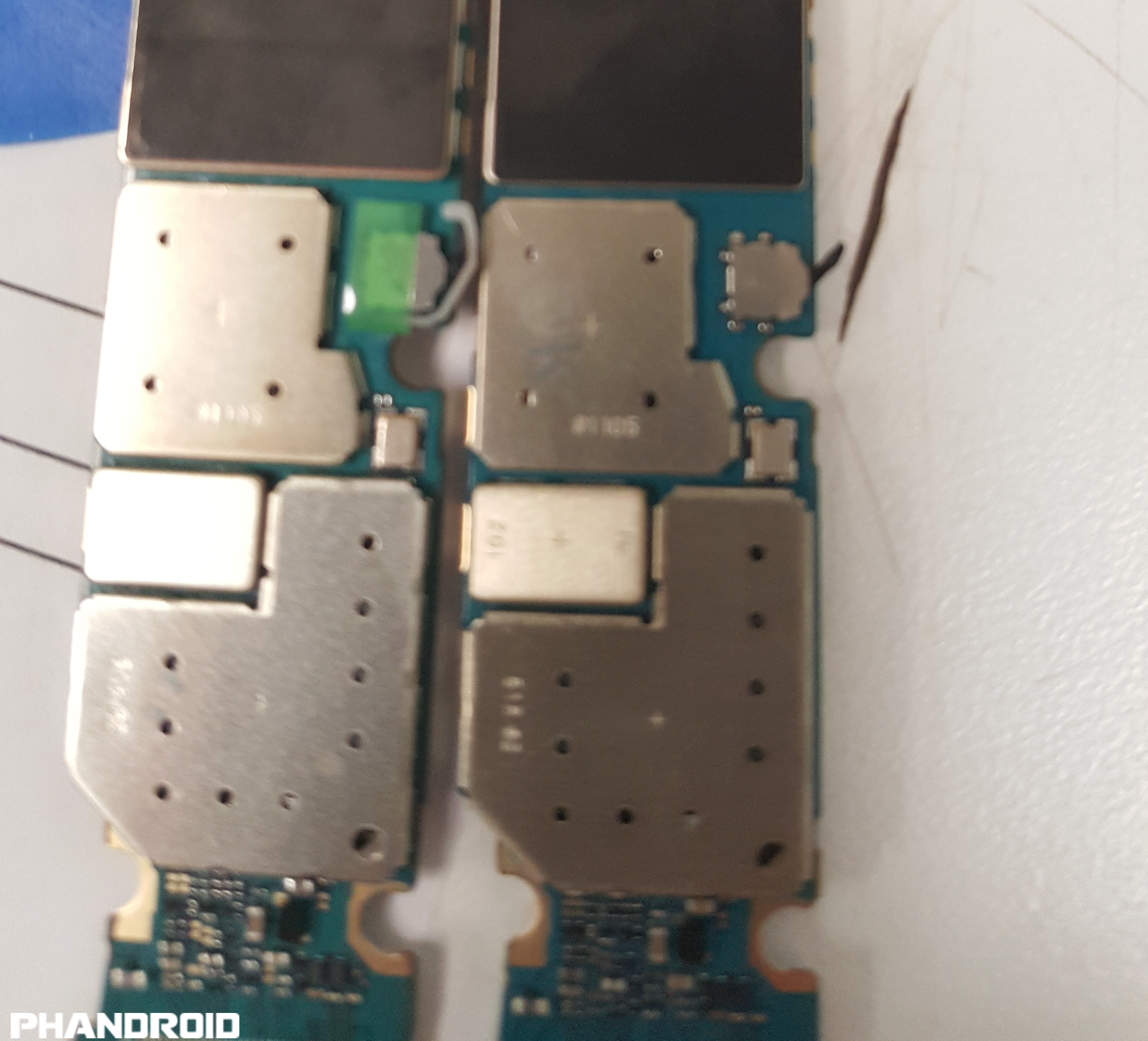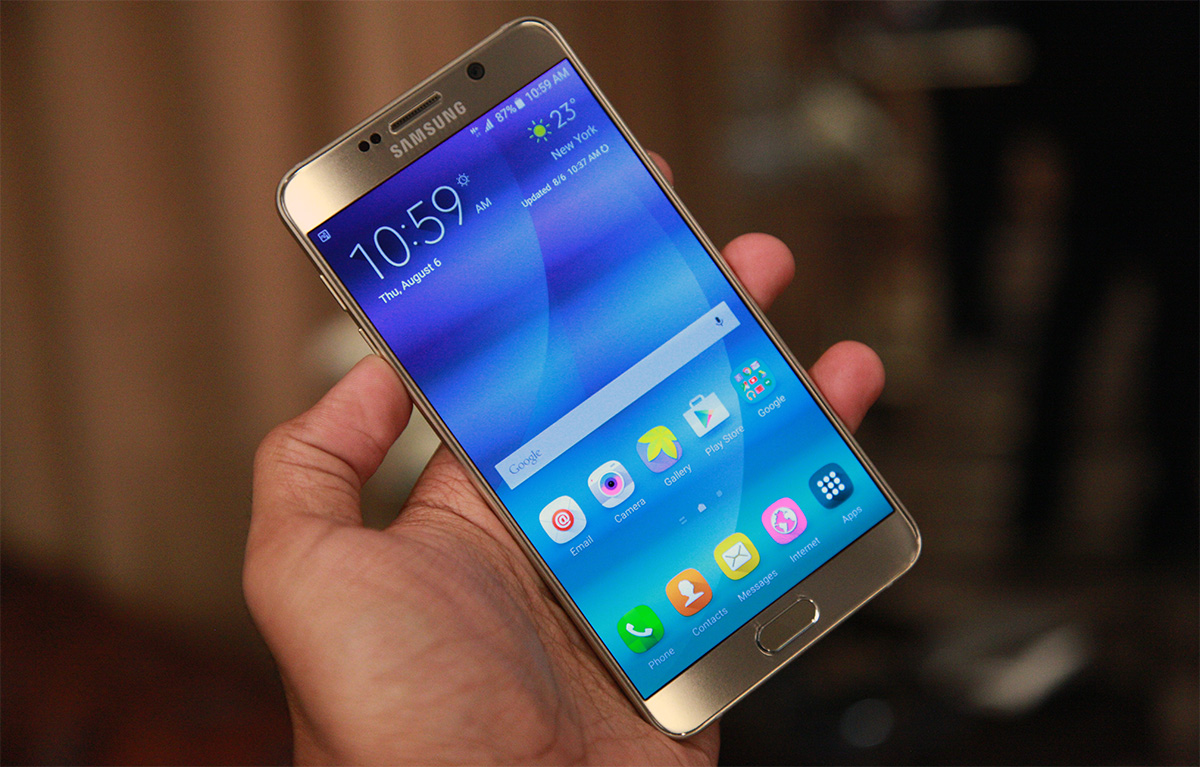
In less than two weeks in New York City, Samsung will host its second Unpacked event of the year, where it will unveil the Galaxy Note 5, along with a larger Galaxy S6 edge+ and a new smartwatch designed to compete with the likes of the Apple Watch. Much of the pre-launch discussion has centered around the reported lack of expandable storage in this pair of handsets — although their adherence to the Galaxy S6 design language should not have made the missing microSD slots much of a surprise.
Still, the Note series has gained a reputation as the workhorse of Samsung’s handset portfolio, offering the biggest screen, longest battery life, and — traditionally — the flexibility inherent to swappable batteries and memory cards. Now that this flexibility is absent (the battery is also non-replaceable), we’ve been seeing an outcry from the purported Note-faithful, flabbergasted that Samsung did not “learn from its mistakes” after a similar feature omission occurred with the S6 line earlier this year.
First of all, the accusation that Samsung isn’t listening to its user base seems to be a bit premature; after all, this is the same company that finally began crafting its flagships out of premium materials after years of complaints about their plasticky nature. Plus, an operation like Samsung’s mobile division is much too large, and projects like Galaxy phones far too complex, to simply turn on a dime — no matter how loud the perceived consumer uproar seems to be.
When viewed as a set, it seems fairly certain that all four of this year’s flagships (S6, S6 edge, S6 edge+, and Note 5) were designed on nearly the same timeline, despite their staggered launches and releases. In other words, Samsung may have been unprepared for how vociferous the push back would be against the so-called “missing features” of Spring’s S6 duo, but there just wasn’t much that they could change at that point to placate the critics for its second-half flagship lineup.
To be certain, I’d be surprised if we never see microSD slots or removable batteries from Sammy again. If they don’t make a return in next year’s S7/Note 6, I simply can’t fathom that they’ll be absent from the 2017 models as well.
That being said, how much of a deal-breaker is the absence of these (admittedly-handy) features, with respect to the bottom line? Critic will argue that we’ve already seen the marketplace effects in action, with S6 / S6 edge sales weaker than expected in the second quarter. However, I’m more likely to take Samsung’s word on this at face value, which is that they incorrectly predicted demand vis a vis quantities desired of the normal S6 versus the pricier edge variant. The end result of this miscalculation was a glut of “flat” SKUs on the market but not enough curved screen units to meet a real world demand model that was closer to 50/50.
Although it’s been said before ad nauseum, it deserves repeating: the most popular handset in the world over the past eight years or so has also lacked removable storage and user-replaceable batteries — and this even includes the closest model in Apple’s lineup to the Note series, which is the iPhone 6 Plus. In fact, Apple is even selling record numbers of handsets whose base (and thus, most popular) SKU includes just a 16GB capacity; minimum storage in Samsung’s 2015 flagships will have been 32GB across the board.
Just yesterday I was reading a report on climate change, and it noted a phenomenon that would seem to be applicable to this issue as well. Specifically, the author pointed out something that we all inherently know to be true, but that sometimes gets lost in the moment: although critics may be just a slim minority or even fringe sliver of overall opinion, they tend to voice their concerns/problems/issues much more loudly and frequently than those in the majority.
In other words, while it seems that a large contingent of users are up in arms over the absent features, it’s highly possible — even likely — that they are A) the same people commenting in multiple fora and B) only a small percentage of Note customers (past, present, and future) as a whole. That’s not to belittle their opinions nor marginalize their importance, but rather, simply a reality check in the face of sometimes-dire predictions (“This will be the last Note,” “Welp, so long Samsung — forever!”).
Regardless of the true volume of discontent, Samsung seems to have a mostly-winning formula on its hands now, with handsets that both perform well and look sharp — and garner high marks from reviewers. Since it’s not deaf to the whims of its customers, expect next year’s models to get tweaks which reflect a year’s worth of focus groups and feedback — but when the Note 5 and S6 edge+ hit retail on the 21st, expect some unhappy would-be upgraders, as well.



















